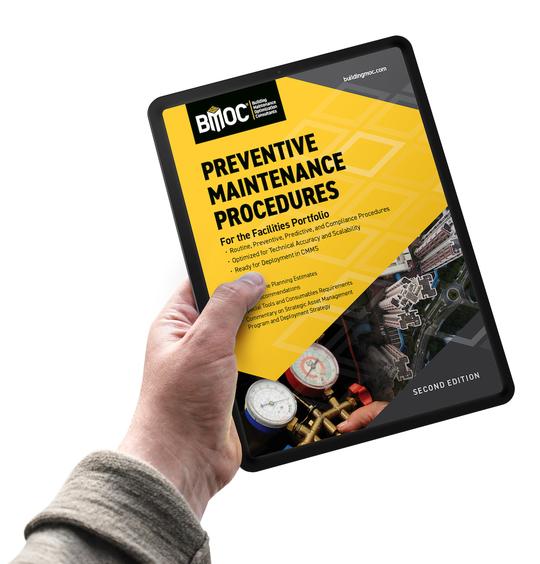I’d like to continue last month’s discussion about looking for problems on paper rather than finding them on the job site months later. Last month, I shared with you some tricks of the trade relative to AHU design, specification, and shop drawing review. This month, I will share with you some of my experience with pumps starting with my budget values for sizing pumps.
- Hot water heating systems: anything larger then a 40- to 50-ft pump head is probably excessive.
- Chilled water cooling systems: anything larger then a 60- to 70-ft pump head is probably excessive.
- Condenser water heat rejection systems: anything larger then a 70- to 80-ft pump head is probably excessive.
Overdesigning Leads to Inefficiency
Experience has taught me that engineers routinely overdesign their pump heads, and the client ends up paying for that in first-cost and operating costs for years to come. When I see pump heads in excess of those values noted above, more often than not, the pump selections are conservative, if not ultra-conservative.Now, some engineers will say that it isn’t as important as I make it out to be, because the VFD will simply reduce the pump speed to accommodate the right flow at the right pressure.
Wrong!
If the design engineer has selected the optimum pump selection/pump curve based on the artificially inflated pump head, where will the pump now operate on this pump curve? How efficient is the pump based on the actual pump curve location? It will probably end up at a less efficient point on this curve. Also, did this artificial pump head selection result in a larger motor, which in turn may mean larger wire size, conduit size, starter size, and VFD size? How much did that cost the building owner to purchase and install?
Too Much Water, Too Much Noise
Similar to the fan curve selection at the far right side of the curve, there can be problems associated with a gpm and pump head selection that take you to the far right side of the pump curve. One of the problems is the potential of excessive water velocity discharging from the pump due to the outlet size. This higher water velocity can result in excessive system noise.When reviewing an existing condition or spot-checking the design documents, if the discharge pump size is the same as the system distribution line size, then the pump selection point was probably left-of-center on the pump curve, meaning an oversized pump for the application.
The other answer, for the discharge pump size being the same as the system distribution line size, would be the pump selection was correct for the application, but the system distribution main was undersized. Discharge pipe sizes are usually one size smaller than the piping system it serves. A trick of the trade when inspecting the installation is to note whether the pump discharge size is one size smaller than the pipe distribution. If not, then pull out the pump curve and start reviewing the design gpm and design pump head to see if there will be any potential water balancing problems and/or motor hp energy wasted.
Pump Selection and Performance
Selecting the optimum pump from a pump impeller size on the curve can be a good thing or a bad thing depending on how you want to see the pump operate on the impeller curve. This is particularly important when designing the system for lead-lag or to function at a relatively constant pressure, without much pump head affect. Attention to selecting a pump impeller with a relatively flat performance curve may require oversizing the pump motor because it can travel over a wide range of motor hp selections.When it comes to value engineering, the first thing I look for is the standard pump detail that design engineers use to show the pump mounted on a concrete inertia pad, whether it’s needed or not, As a rule, you don’t need a pump on an inertia pad if the pump is installed slab-on-grade. Base-mounted pumps have very little vibration and as a result, the design engineer doesn’t need this massive block of concrete.
Think about it: what is the cost to build a concrete inertia pad with its steel frame and the vibration springs associated with the concrete inertia curb detail? I usually figure about $1,000 per curb, multiplied by the number of pumps sitting on that basement floor. Is it three pumps, six pumps? Think before you use that standard detail, and don’t waste your client’s money.
For one more design-to-construction observation; check out the“What’s Wrong With This Picture”blog page to see how one engineer oversized the pump head resulting in what I call, “one foot on the gas and one foot on the brake,” wasting electrical energy. ES


